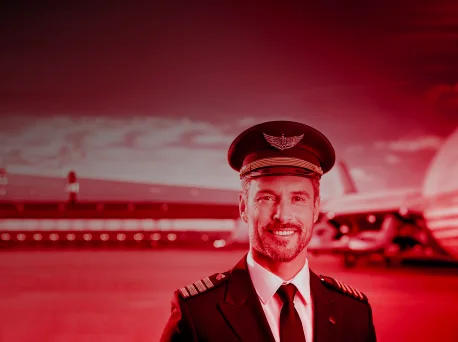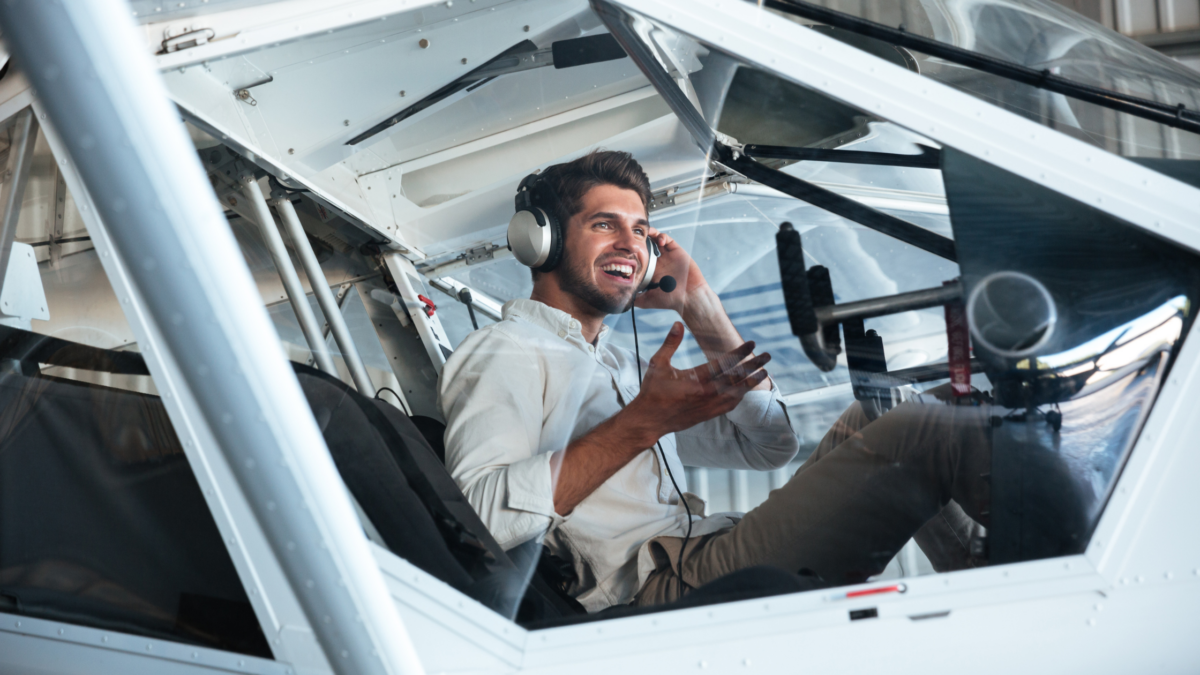The rank is a title that is assigned by the company. There are usually 4 types of ranks identified by the number of stripes on the sleeve of the jackets or on the tubes of the shirts:
- one stripe is the pilot in training
two stripes the co-pilot
three stripes the senior co-pilot
four stripes the commander
In some companies there are four stripes with a star that indicates the “senior captain”, an elegant way of defining an “old commander”.
Jokes aside, these ranks are based on experience and the type of company logic. Each company draws up a contract with its collaborators in which the tasks, seniority increases, recognition of experience, etc. are described; these factors are not comparable evaluations between one company and another, just as it is difficult to compare the world of single-pilot aircraft with multi-pilot ones.
Technically, the flight instructor who teaches how to fly a Cessna 152 is, in all respects, according to the navigation code, a commander… but he is not the same commander who flies transoceanic routes with a B747.
In the world of helicopters it is the same thing: a Robinson 22 commander is different from a Superpuma commander. Without diminishing the figure of the commanders of “lighter vehicles”, who civilly, criminally and morally have the same responsibilities as those who pilot heavy vehicles, it is a bit funny to compare these figures.
So let’s leave it to the individual professional to be sensitive in boasting the title he has.




